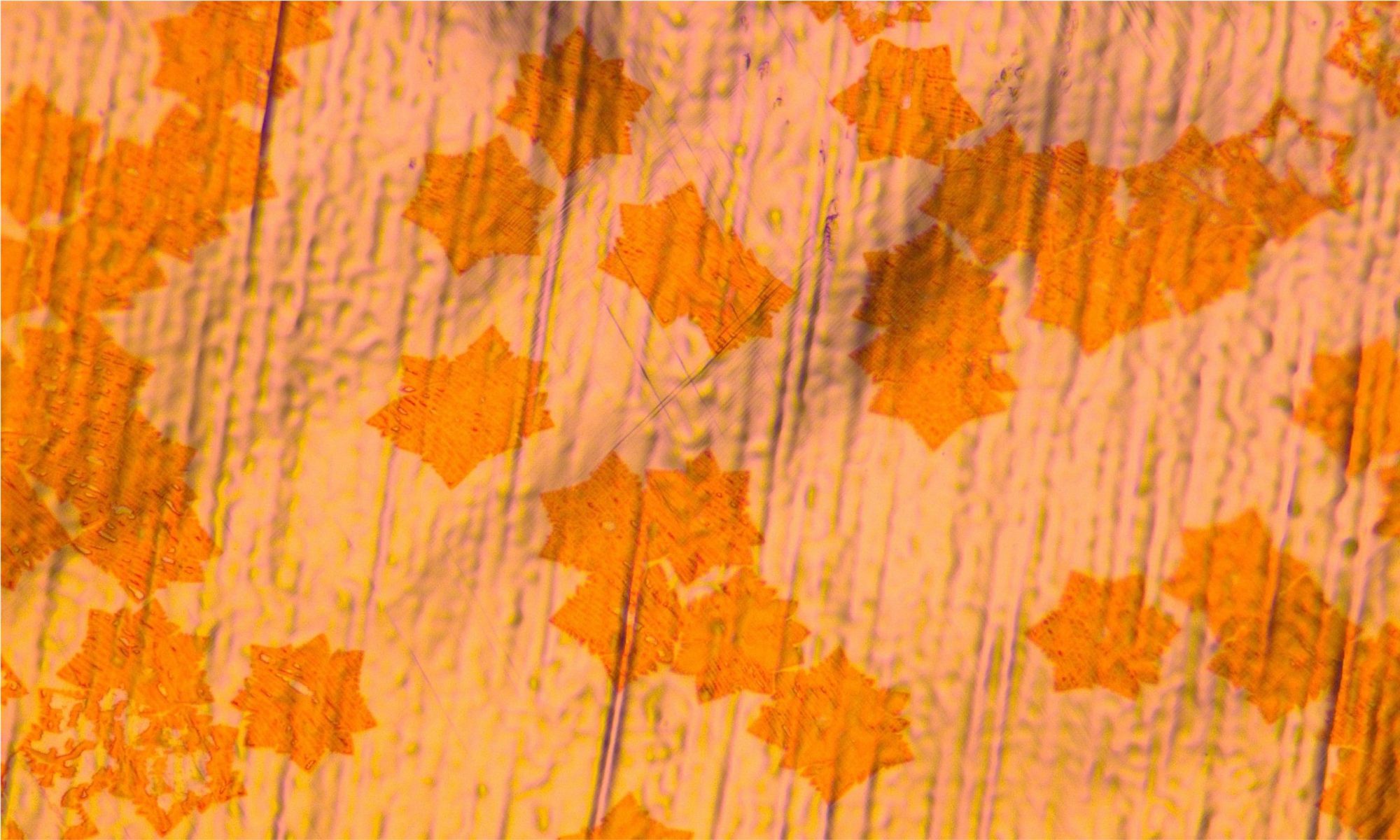A recent groundbreaking study led by ICFO researchers, in collaboration with several international research groups including memebrs of the Aachen Graphene & 2D Materials Center, has uncovered previously unseen behaviors in magic-angle twisted bilayer graphene using terahertz light. As part of this international effort, the research sheds new light on the quantum geometry of this enigmatic material, revealing how the electronic wavefunctions of electrons are shaped by their environment.
This work explores how terahertz light interacts with twisted bilayer graphene at a level never before observed in quantum transport experiments. By utilizing terahertz light instead of traditional mid-infrared sources, the researchers uncovered anomalies in electron behavior, even in high-temperature conditions that typically obscure exotic quantum phenomena.
The findings highlight the importance of quantum geometry—the shape and structure of an electron’s wavefunction—which profoundly influences the material’s electronic properties. Through polarization-resolved measurements of the photocurrent generated by terahertz light, the researchers were able to directly probe how electron interactions reshape the quantum geometry of the graphene lattice. The results revealed phenomena previously hidden, such as energy gaps between electron states, which are critical to understanding topological phases and superconductivity in quantum materials.
Publication: Krishna Kumar, R., Li, G., Bertini, R. et al. Terahertz photocurrent probe of quantum geometry and interactions in magic-angle twisted bilayer graphene.
Nat. Mater. (2025).
DOI: https://doi.org/10.1038/s41563-025-02180-3
